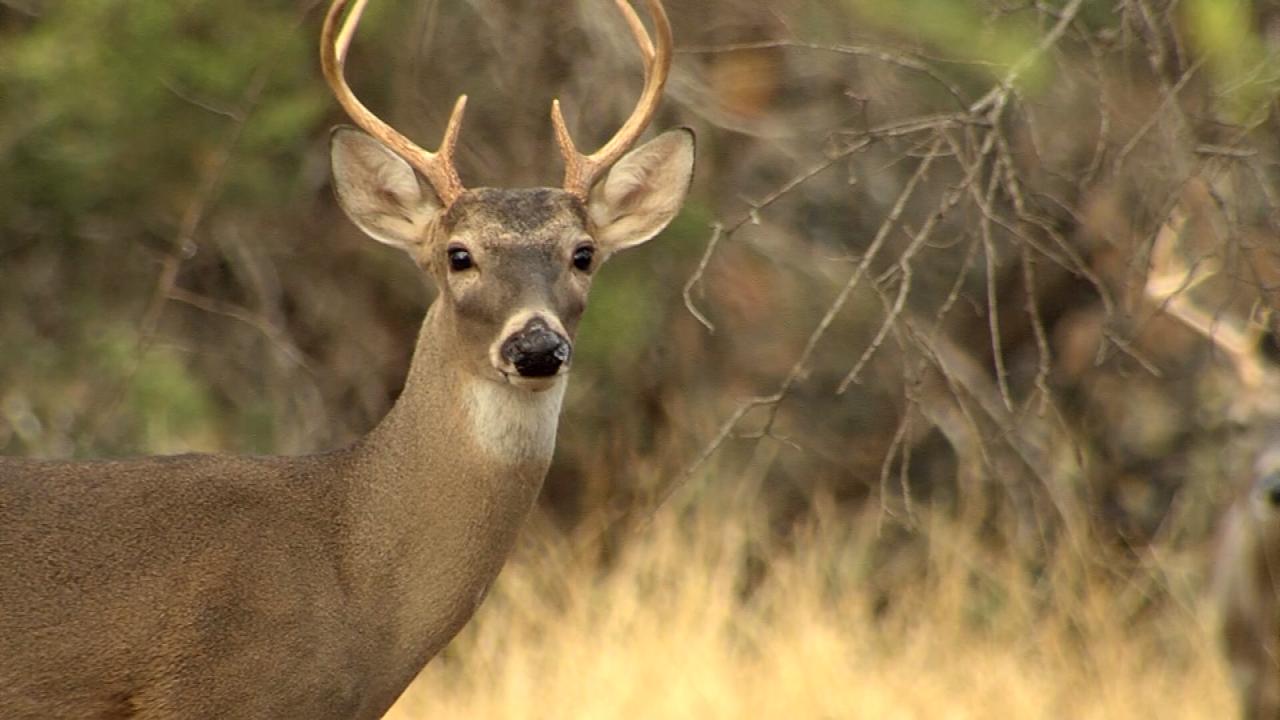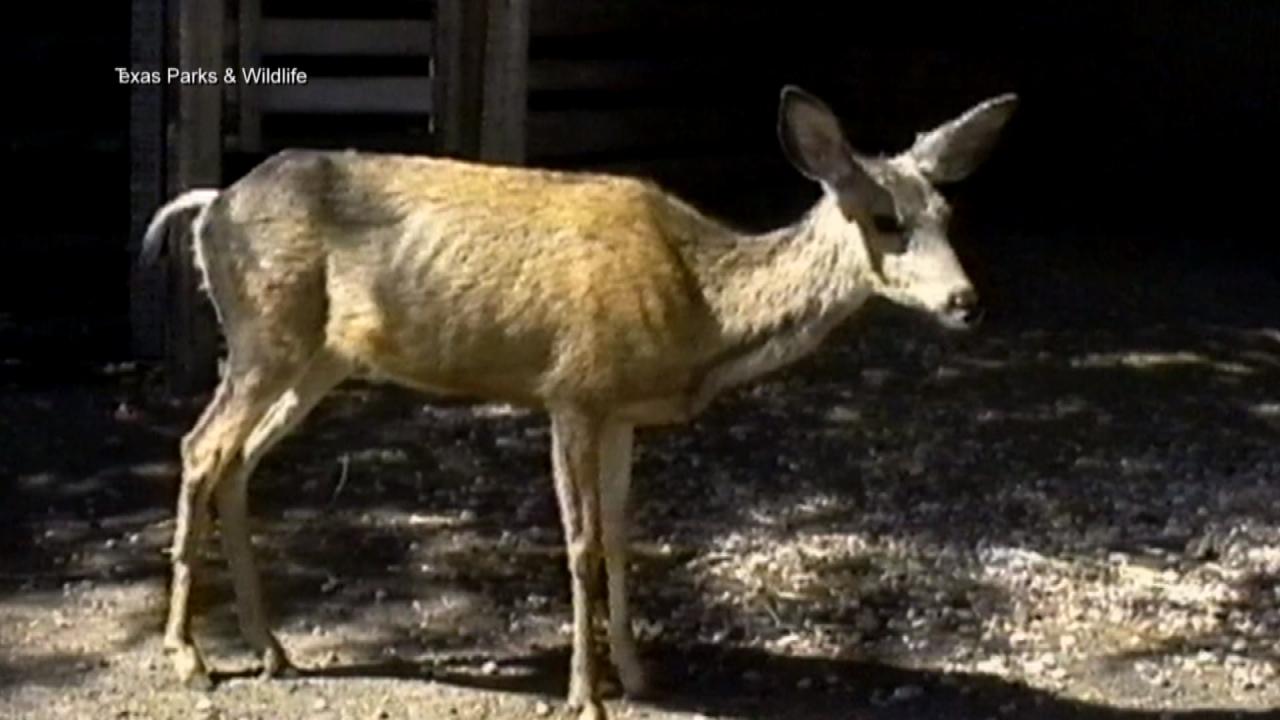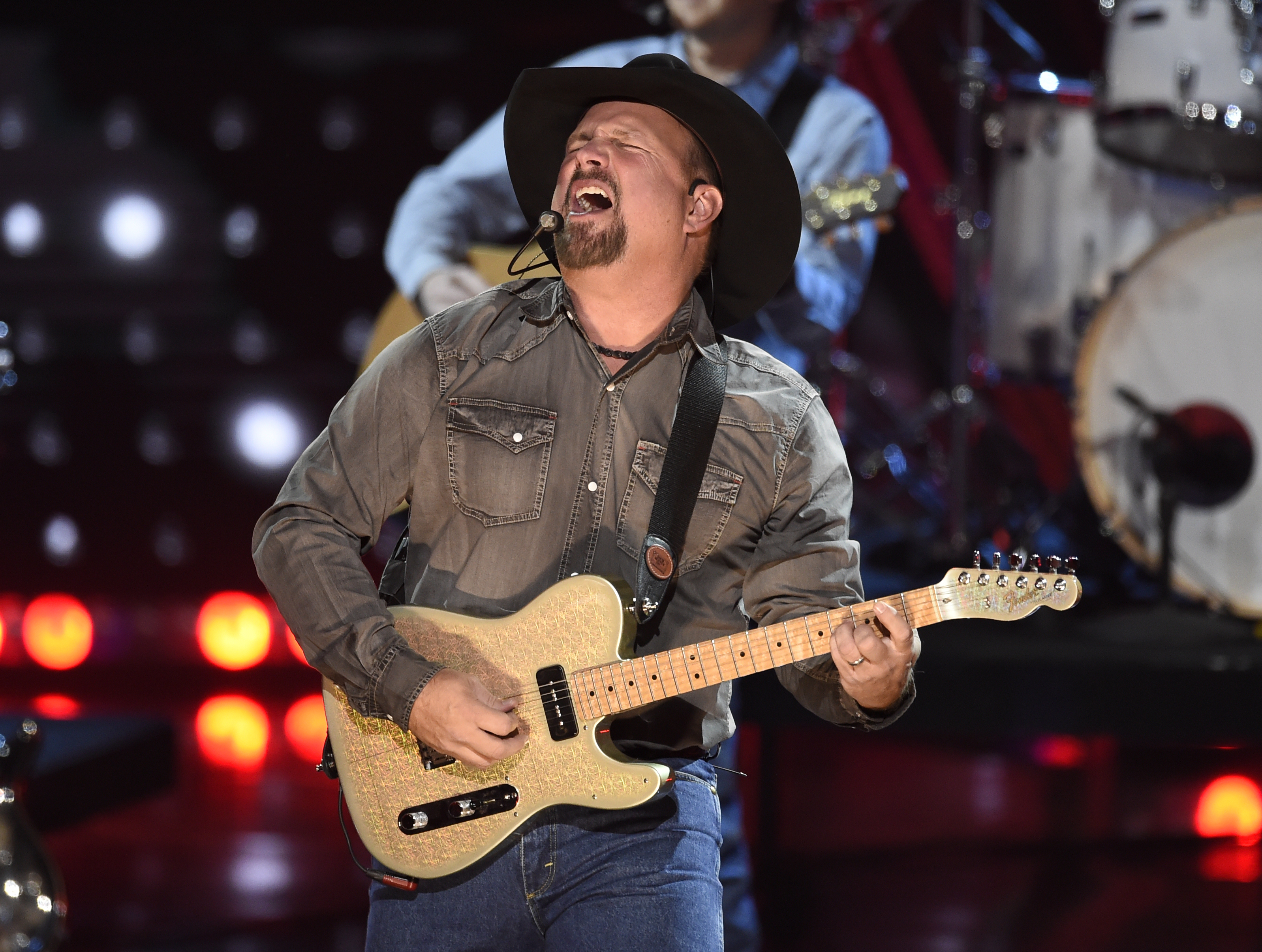A district judge recently upheld rules that regulate deer breeders in Texas, relating to chronic wasting disease (CWD) in white-tailed deer.
But, the conversation about CWD in the deer population has been going on for a few years.
“In Medina County they found a 2-year-old white-tailed deer in a breeding facility that had chronic wasting disease,” Texas Parks and Wildlife biologist Aaron Sisson said in a 2015 interview.
CWD is a deadly neurological disorder, similar to mad cow disease, that can be transmitted through blood and saliva. The disease has the capability of reducing deer populations. According to the Attorney General’s Office, Texas discovered its first case of CWD in a white-tailed deer in 2015.
Since then, the Texas Parks and Wildlife Department has worked with breeders and hunters on updated rules that protect the population and the industry.
Two deer breeders challenged the regulations, which were upheld in district court.
Attorney General Ken Paxton issued a statement about the rules the TPWD put in place.
“TPWD’s lawful rules regulating the movement of breeder deer reduce the probability of CWD being spread from deer-breeding facilities, where it may exist, and increase the chances of detecting and containing CWD if it does exist,” Paxton said on Monday. “The rules also serve to protect Texas’ 700,000 licensed deer hunters, along with the thousands of people in rural communities across the state whose livelihoods depend on deer hunting.”
Experts suggest the best results for testing for CWD are after the animal has died, explaining that testing live deer is not as effective or reliable.
We contacted a handful of breeders to ask about the hunting and breeding restrictions, and none of them were available for an interview. However, many have gone on the record as saying they were open to testing — as long as their businesses could continue to grow.
According to TPWD, “New regulations for the 2017-18 hunting season include the establishment of chronic wasting disease management zones.” Those zones can be found here.
TPWD implemented a CWD management plan to fulfill three main purposes. Officials hope to “minimize CWD risks to the wild and captive white-tailed deer, mule deer and other susceptible species in Texas,” as well as “establish and maintain support for prudent CWD management with hunters, landowners, and other stakeholders.” The third objective is to “minimize direct and indirect impacts of CWD to hunting, hunting related economies, and conservation in Texas.”
AG Paxton’s director of communications, Marc Rylander, said, “The Texas Parks and Wildlife Department sought to simply protect the health of these deer who are transmitted so often from owner to owner, ranch to ranch within our state.”
He continued, “No one likes government regulations. No one likes government involvement. And so, I understand that people who are in the deer breeding industry want to protect that industry, protect their great work you do throughout our state for hunters and for people all over the state.”
Texas Parks and Wildlife said 50 CWD-positive deer and elk have been discovered in Texas to date.
Thirty-two of those were white-tailed deer “either in, or originating from captive deer breeding facilities.”
Sixteen were from free-ranging mule deer, one was a free-ranging elk and one was a free-ranging white-tailed deer.
Hunting season for white-tailed deer begins Nov. 4.












